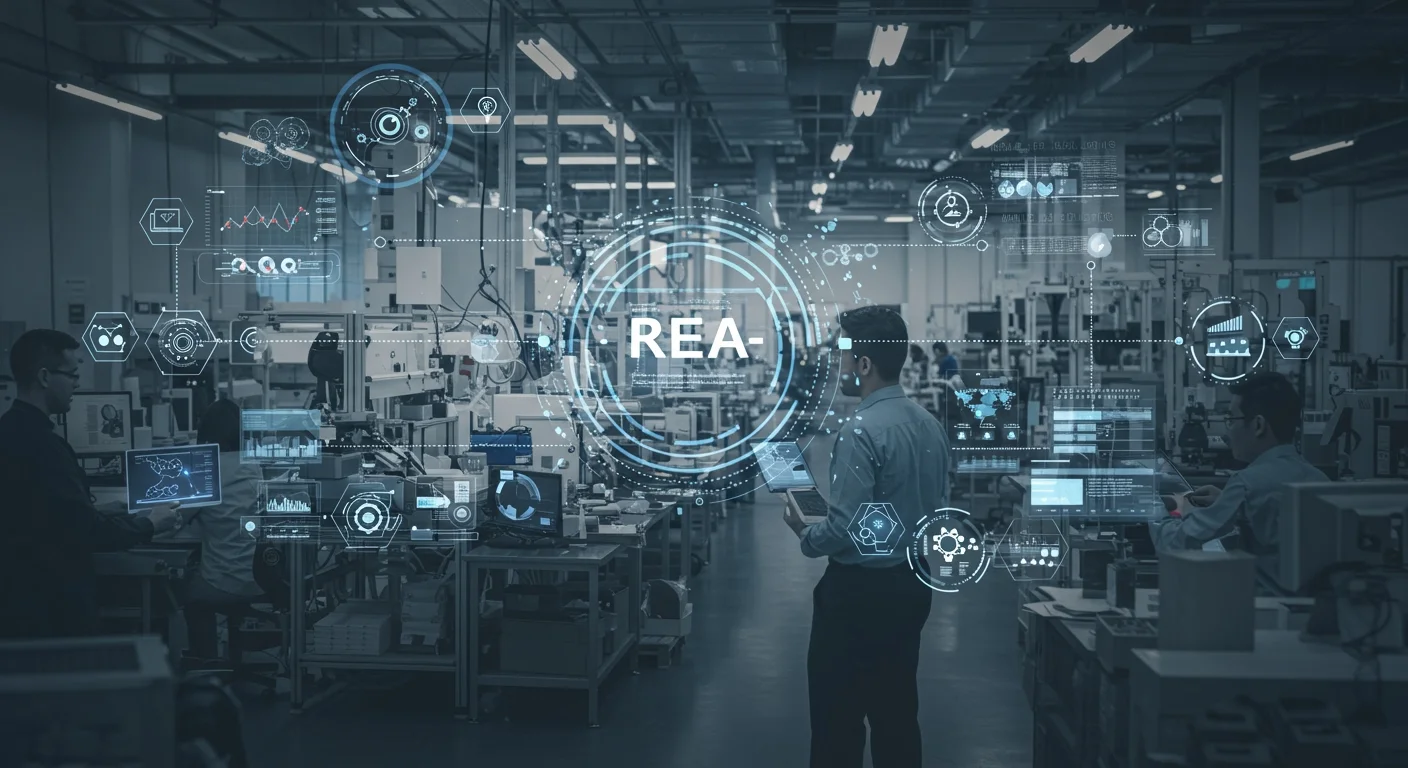(MENAFN- AIIEM) Lean Thinking for Modern Operations: A Comprehensive GuideIn today's fast-paced and competitive business landscape, organizations are constantly seeking ways to optimize their processes, reduce waste, and deliver maximum value to customers. This pursuit often leads them to embrace powerful methodologies, and among the most impactful is Lean Thinking for Modern Operations . Originating from the Toyota Production System, Lean Thinking is not just a set of tools but a philosophy that emphasizes continuous improvement, respect for people, and the relentless elimination of waste to enhance efficiency and effectiveness across all facets of an enterprise. It's about doing more with less, without sacrificing quality or value.
Table of Contents What is Lean Thinking? The Five Core Principles of Lean Thinking Applying Lean Thinking in Modern Operations Key Benefits of Adopting Lean Thinking Common Challenges and Solutions Conclusion
What is Lean Thinking?Lean Thinking is a systematic approach to identifying and eliminating waste (Muda) within a process, ultimately creating more value for the end customer with fewer resources. It's a philosophy centered on maximizing customer value while minimizing waste. Simply put, Lean means creating more value for customers with fewer resources. A Lean organization understands customer value and focuses its key processes to continuously increase it. The ultimate goal is to provide perfect value to the customer through a perfect value creation process that has zero waste.
The Five Core Principles of Lean ThinkingAt its heart, Lean Thinking is guided by five foundational principles:
1. Define ValueValue is determined by the customer. It's what the customer is willing to pay for. From a Lean perspective, anything that doesn't add value from the customer's perspective is considered waste. Understanding what truly constitutes value is the first critical step in any Lean transformation.
2. Map the Value StreamThe value stream encompasses all the actions, both value-adding and non-value-adding, required to bring a product or service from concept to delivery. Mapping this stream allows organizations to identify waste, bottlenecks, and areas for improvement. This visual representation reveals the entire journey a product takes.
3. Create FlowOnce waste is identified, the next step is to ensure that work progresses smoothly through the value stream with minimal interruptions. This involves breaking down silos, standardizing processes, and creating a continuous flow of work. Interruptions, batching, and waiting times are significant sources of waste that impede flow.
4. Establish PullInstead of pushing products or services through the system based on forecasts, a Lean system operates on a pull basis. This means production is initiated only when there is actual customer demand, avoiding overproduction and excess inventory. Think of it like a supermarket where shelves are restocked only when customers pull items from them.
5. Pursue PerfectionLean Thinking is not a one-time project but a continuous journey of improvement. The fifth principle encourages a culture of continuous incremental improvements (Kaizen) where every employee is empowered to identify and eliminate waste, striving for perfection in all processes.
Applying Lean Thinking in Modern OperationsThe application of Lean Thinking for Modern Operations extends far beyond traditional manufacturing. It's being successfully implemented in healthcare, software development (Agile methodologies are heavily influenced by Lean), service industries, and even government agencies. Key aspects include:
Digital Transformation Integration: Leveraging technology to automate routine tasks, gather data for better decision-making, and enhance communication. Remote Work Optimization: Applying Lean principles to virtual teams to ensure clear communication, efficient workflows, and measurable output. Customer-Centricity: Deepening the focus on understanding customer needs and rapidly iterating solutions to meet those needs. Cross-Functional Collaboration: Breaking down departmental barriers to create unified teams focused on delivering value.
To deepen your understanding of these principles, consider exploring resources from the Lean Enterprise Institute , a leading authority on Lean practices.
Key Benefits of Adopting Lean ThinkingEmbracing Lean Thinking yields significant advantages:
Implementing Lean is not without its hurdles. Resistance to change, lack of leadership commitment, and insufficient training are common obstacles. Overcoming these requires strong leadership buy-in, clear communication of benefits, comprehensive training programs, and celebrating small wins to build momentum. Starting with pilot projects and gradually scaling up can also help manage the transition.
Lean Thinking offers a powerful framework for organizations striving for operational excellence in the 21st century. By focusing on value, mapping processes, ensuring flow, responding to pull, and committing to continuous improvement, businesses can achieve unprecedented levels of efficiency, quality, and customer satisfaction. The journey towards a truly Lean enterprise is ongoing, but the rewards-from reduced costs to enhanced competitiveness-make it an essential pursuit for any modern operation. For more insights on optimizing processes, check out our article on Understanding Value Stream Mapping .



















Comments
No comment